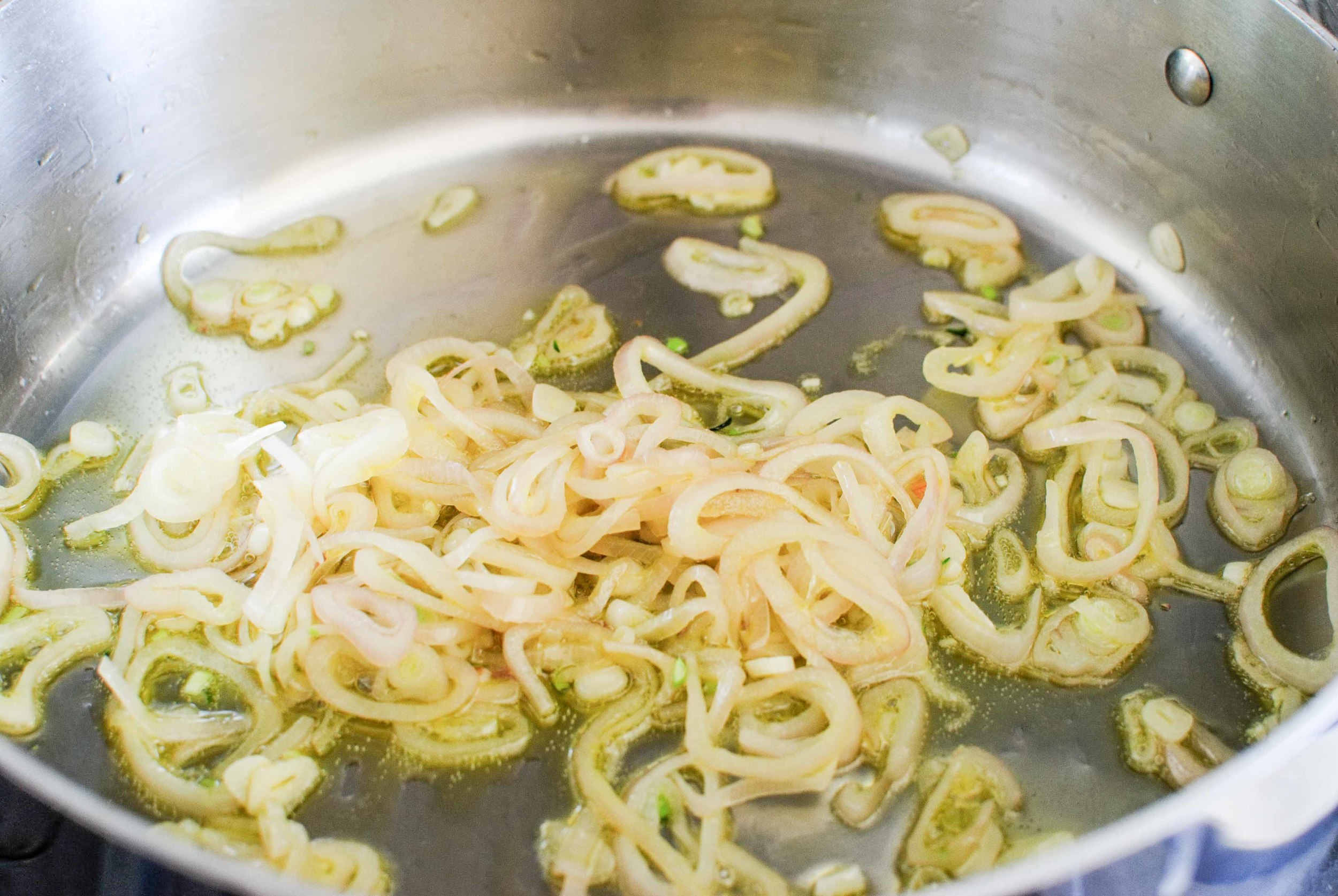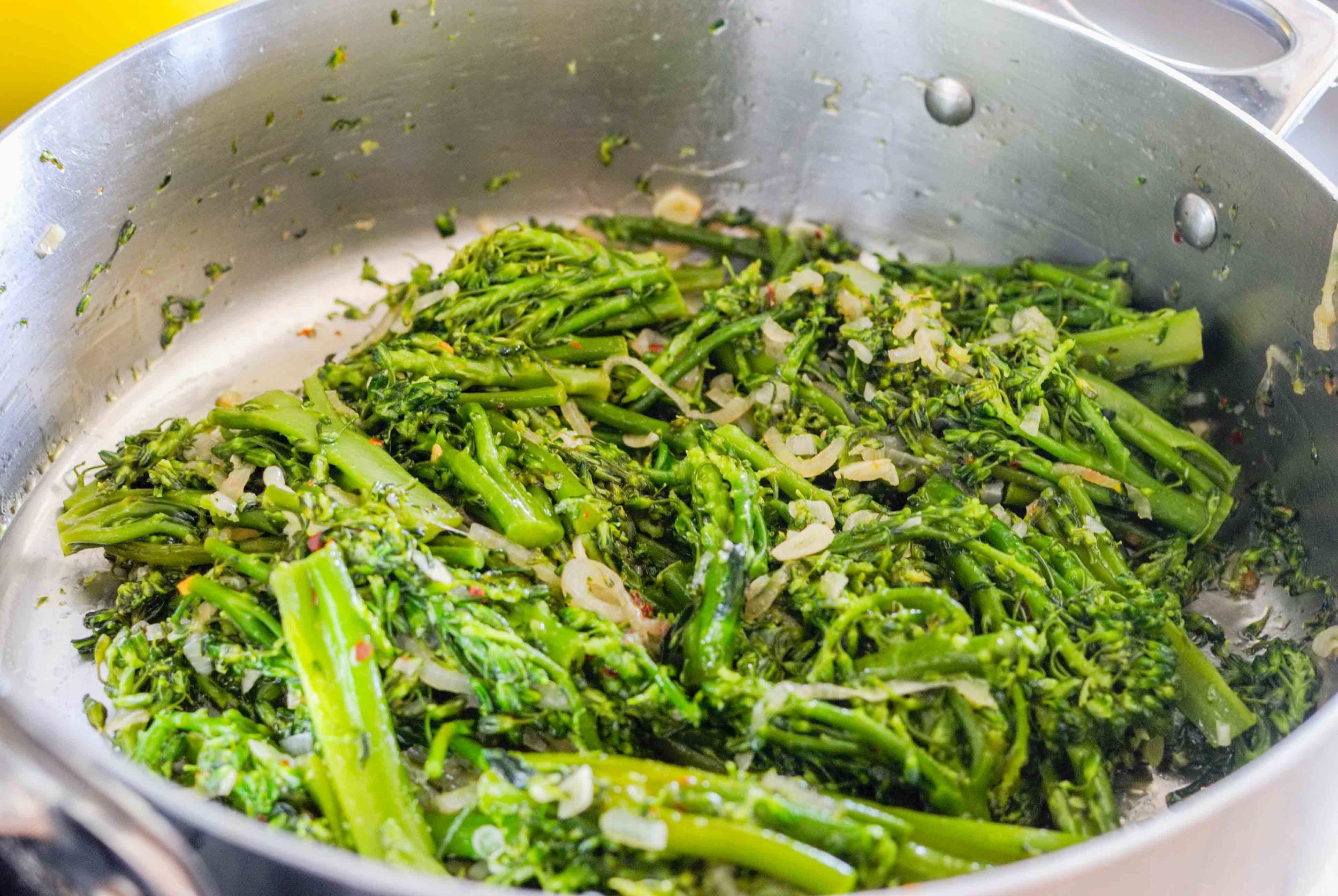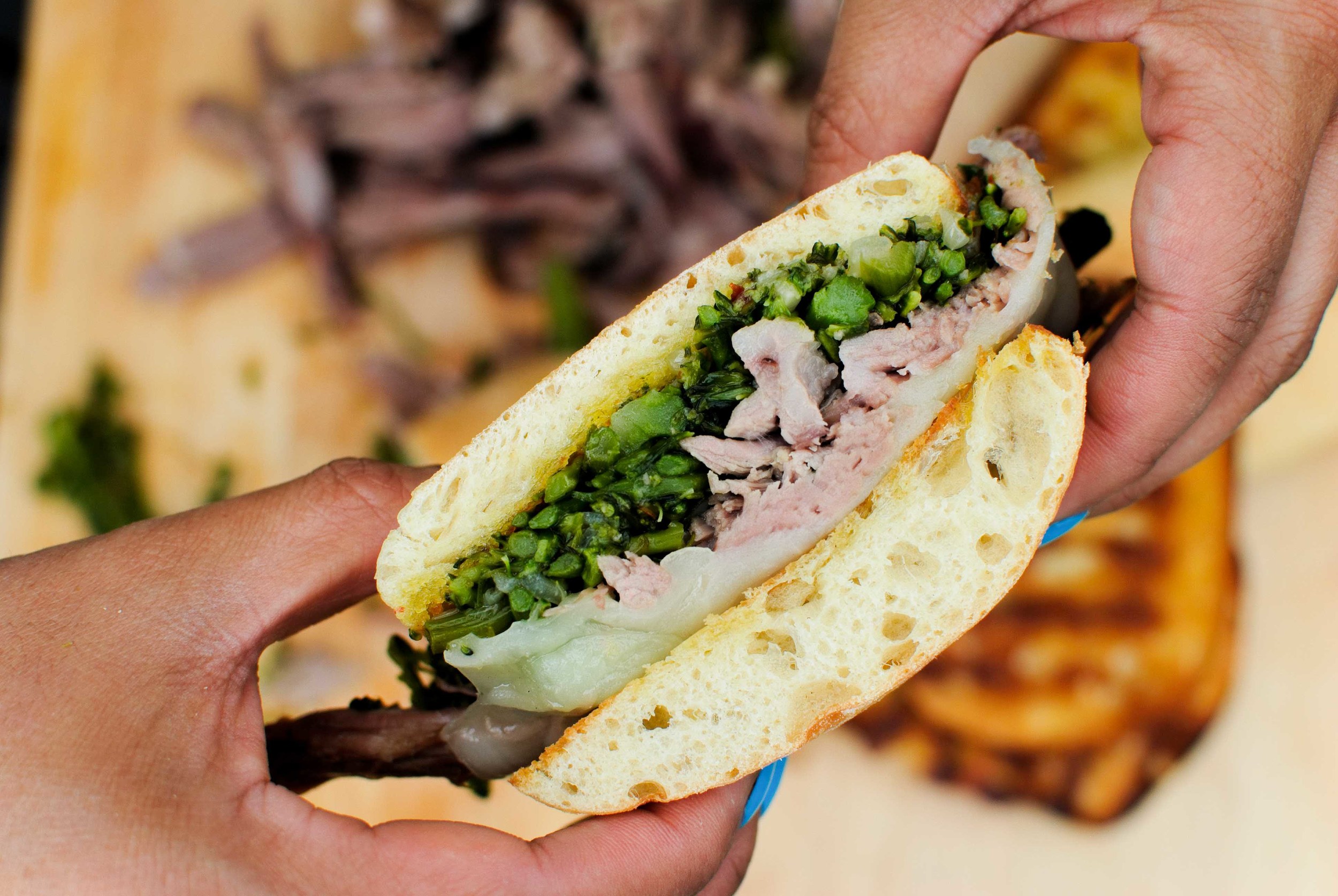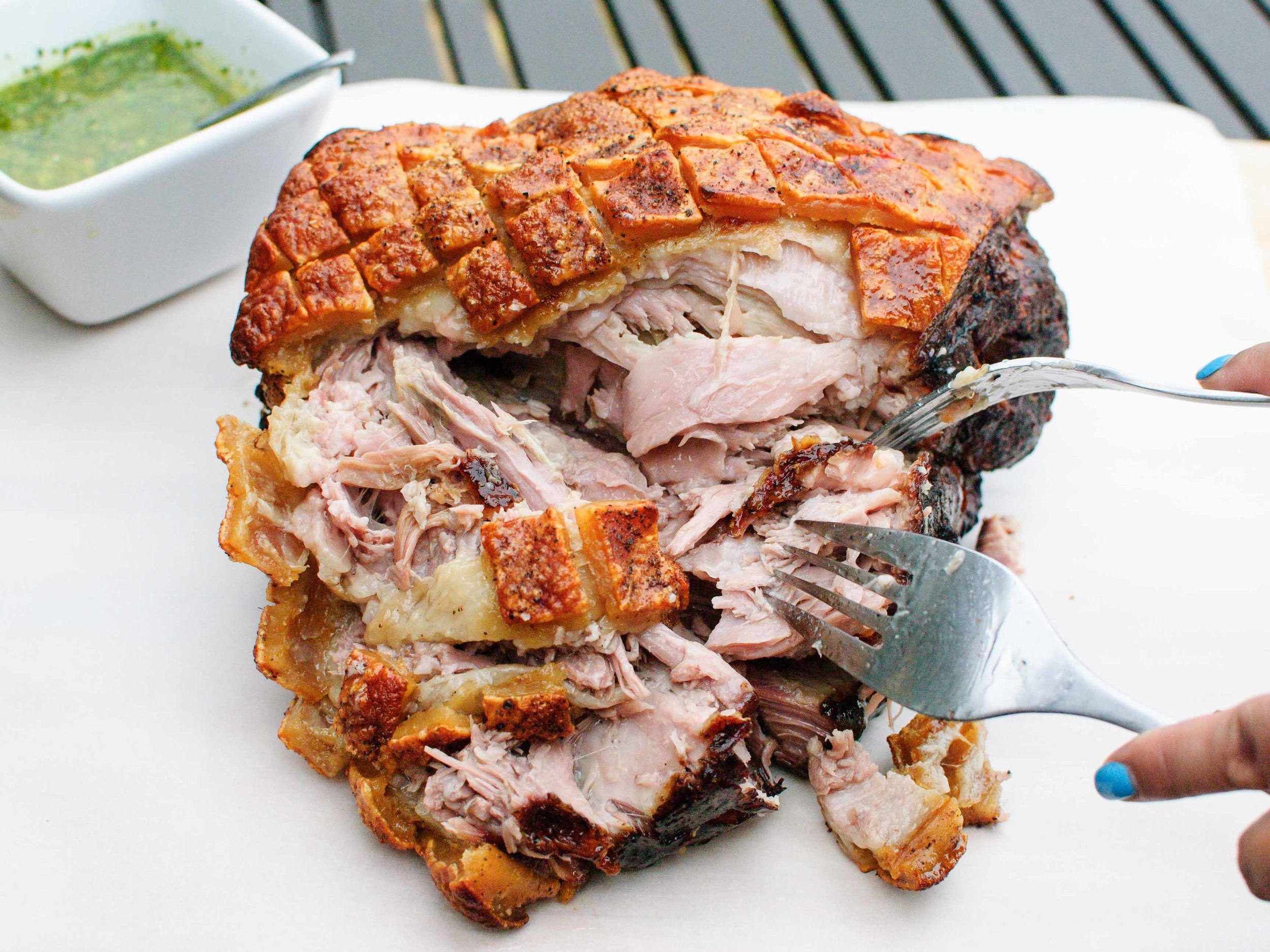Katsudon is leftover sliced tonkatsu, which is quickly stewed in a sweet-salty broth, with softened onions and bound together with nature's finest: an egg. Once this beautiful mixture is finished cooking, you slip it over a bowl of steaming hot rice. Then you either: 1) pump your fist in excitement, 2) cry a thousand tears into your shirt because "It's so wonderful!", 3) hope no one else smells it so you don't have to share a bite or 4) all of the above. If you have leftover tonkatsu, this comes together quickly and easily. If you don't have any leftover tonkatsu, it's worth an entire batch just to make this dish.
Notes: Katsudon is generally made from leftover tonkatsu so I wrote this recipe as a serving for one. I don't know why there would be ANY leftover tonkatsu, let alone MULTIPLE leftover servings. It's unfathomable to me and this recipe reflects that. This recipe is easy to scale up and you can do multiple servings in large pans, so don't be dismayed by the serving size. There is enough soy sauce in the recipe to season the sauce, which is why I have not included salt. I used low sodium soy sauce, and I didn't think any more salt was necessary.
Read More: The Shared Japanese Fried Pork
Time: 12 minutes
Serves: 1
1/2 cup water (or stock)
3 scant tablespoons soy sauce
1 tablespoon mirin or sake
1 heaping tablespoon sugar
1/2 cup thinly sliced yellow or brown onion
1 portion of tonkatsu, sliced
1 egg, beaten
1 cup white rice
Green onion as garnish
In a small pan, combine water, soy sauce, mirin, sugar and onions. Over medium high heat, cook for 4-6 minutes, shaking the pan occasionally, until onions are soft and the liquid has reduced by 1/3. Add tonkatsu to the sauce and onion mixture. Pour beaten egg over pork and onions and cover the pan to cook the egg through - about 1 minute. Once the egg is cooked through, slip the contents of the pan onto a bowl of rice. Garnish with green onion and serve with Togarashi (Japanese seasoned chili powder).

























